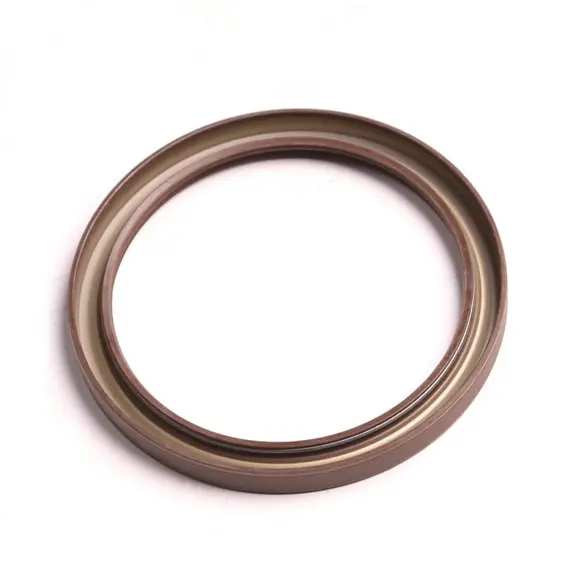10 月 . 01, 2024 21:46 Back to list
Understanding the Importance of Sheet Gaskets in Industrial Applications
Understanding Sheet Gaskets A Comprehensive Overview
Sheet gaskets are essential components in various industries, playing a critical role in sealing applications to prevent leakage of fluids and gases. These gaskets are made from pre-formed sheets of materials designed to fit between two flanged surfaces, ensuring a tight seal when compressed. Their versatility and reliability make them a popular choice in sectors such as oil and gas, chemical processing, automotive, and HVAC.
One of the primary materials used for sheet gaskets is rubber, due to its excellent elasticity and resistance to diverse chemicals. Neoprene, nitrile, and EPDM are common rubber types utilized, each offering unique properties suitable for specific applications. For instance, nitrile is often favored for its resistance to oils, while EPDM demonstrates great performance in environments with high temperatures and ozone exposure.
In addition to rubber, sheet gaskets can be made from non-asbestos materials, PTFE, and even metal. Non-asbestos gaskets are designed to replace traditional asbestos gaskets, which posed health risks due to inhalation of fibers. These materials typically offer high-performance sealing without compromising safety. PTFE (Polytetrafluoroethylene), known for its remarkable chemical resistance, is ideal for aggressive environments, making it a preferred choice in industries dealing with corrosive substances.
sheet gaskets

The fabrication of sheet gaskets involves cutting the gasket from flat sheets using standard shapes or custom designs
. CNC machining and die-cutting techniques ensure precise dimensions, which are crucial for optimal sealing performance. The thickness of sheet gaskets can also vary, influencing their compressibility and sealing capabilities.Installation of sheet gaskets requires careful alignment to avoid leaks, especially in high-pressure applications. Technicians must consider factors such as bolt torque and material compression when installing to ensure a proper seal. Regular maintenance and inspection of gaskets are vital to ensure long-term functionality, as aging and wear can lead to failures.
The future of sheet gaskets looks promising as industries continuously seek innovations to improve performance and sustainability. Research into biodegradable materials and advanced composites is gaining momentum, reflecting the industry's shift towards eco-friendly practices. Moreover, advancements in manufacturing technologies aim to enhance the precision and affordability of sheet gaskets.
In conclusion, sheet gaskets are a crucial element of mechanical sealing solutions across various industries. Their adaptability to different environments, coupled with ongoing innovations, ensures that these components will continue to meet the diverse needs of the market. Understanding the properties, types, and proper handling of sheet gaskets can lead to improved performance and reliability in sealing applications. As technology advances, the versatility of sheet gaskets will likely expand, further solidifying their role in modern industry.